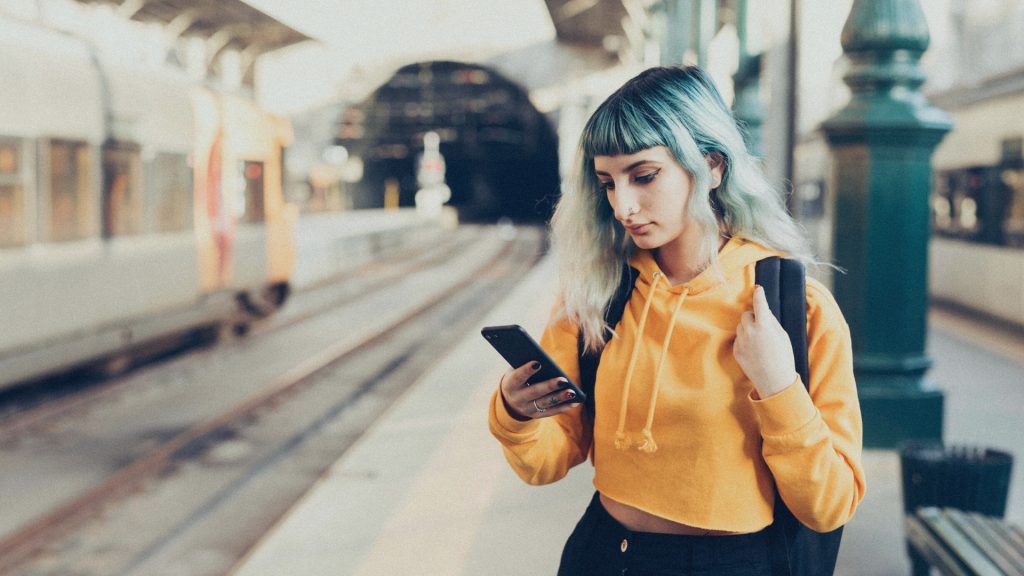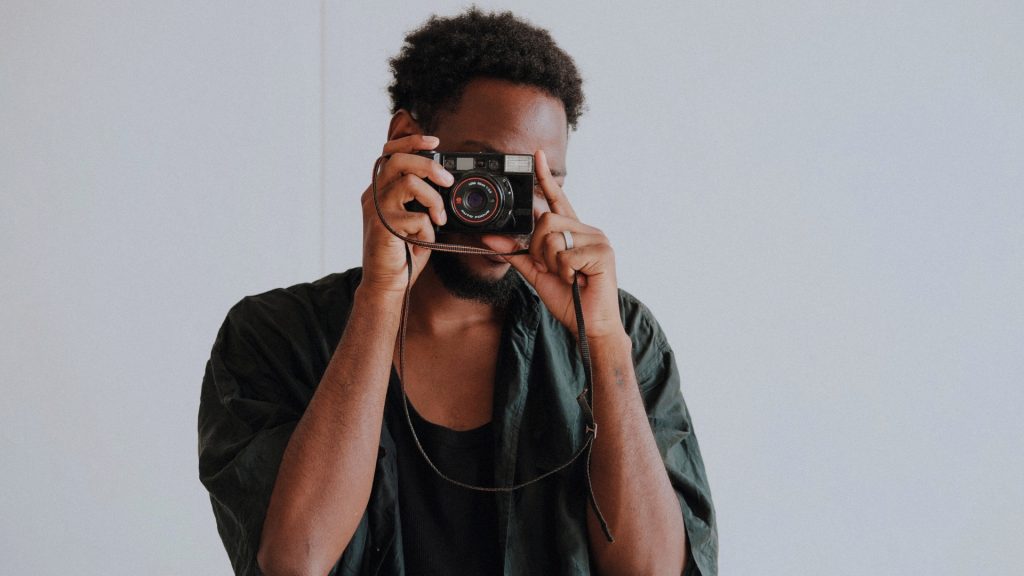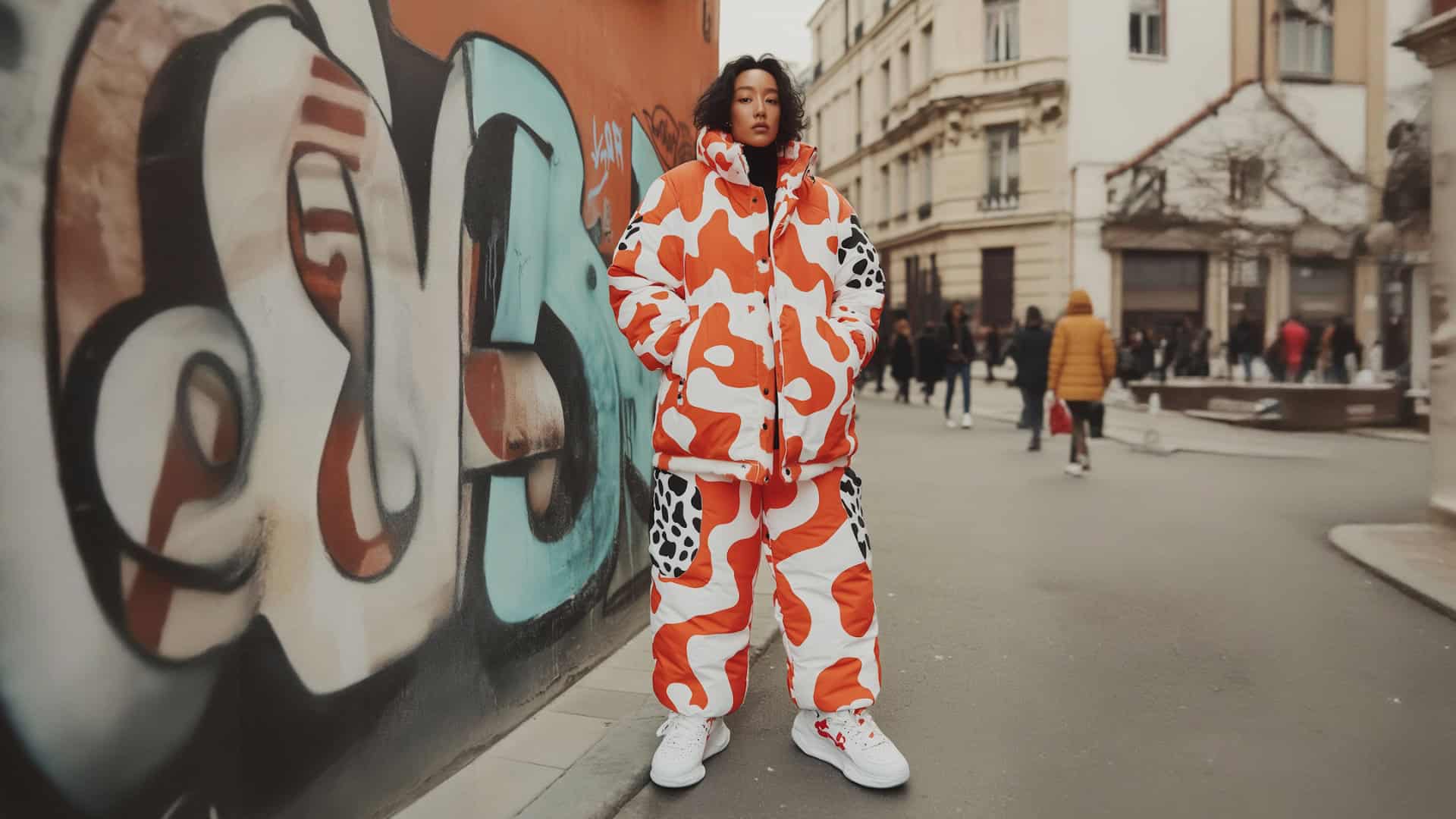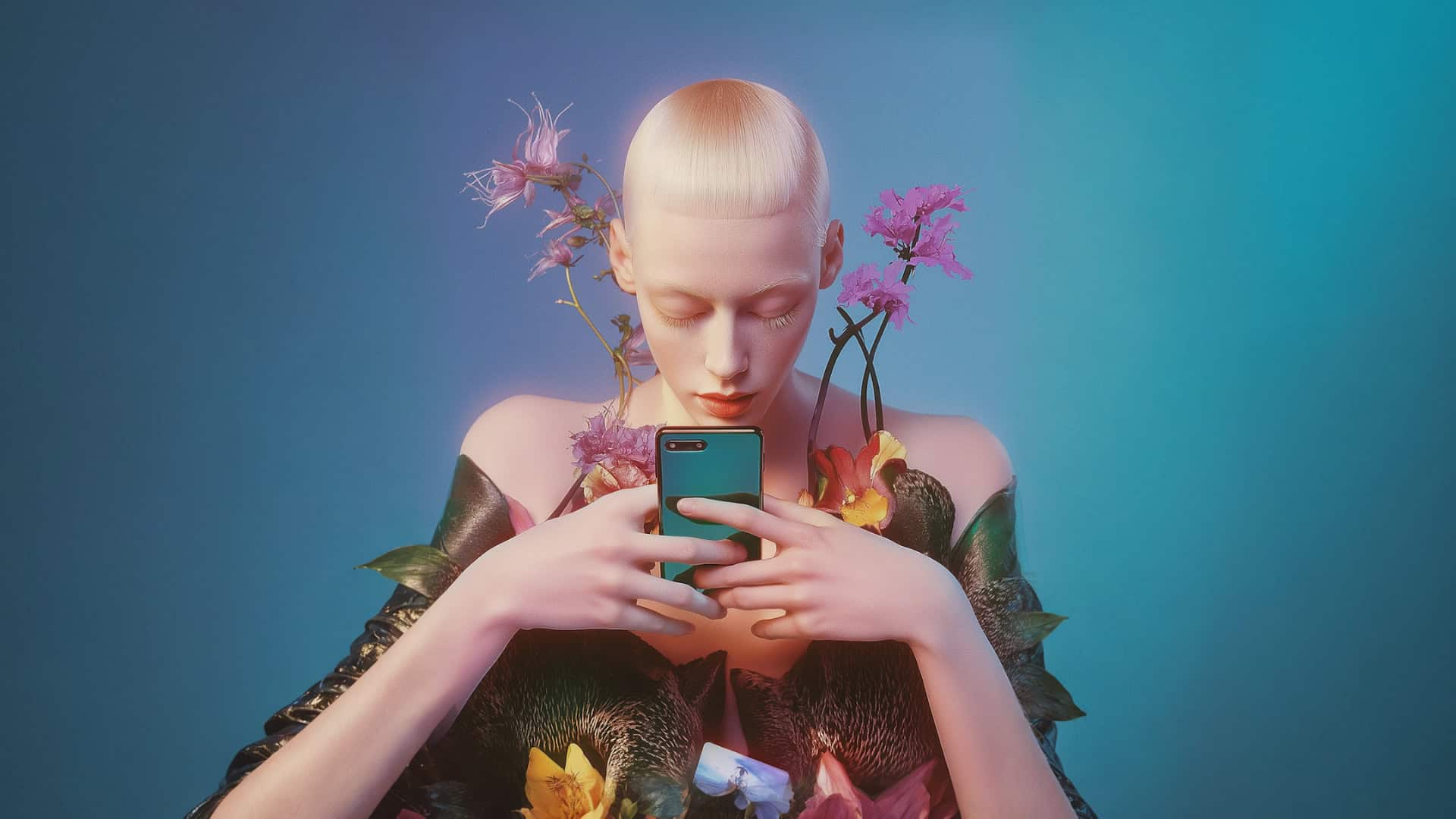
Influencer Marketing and its impact on Traditional Advertising
Chances are if you’re someone that’s clicked on this blog post you already have the knowledge to some degree of influencer marketing, and its significant impact across the marketing landscape over the last 10 years. So I’m not going to ask you to suck eggs by going over what influencer marketing is…but if you need a refresh you can check out our other blogs here.
Over this 10-year period, brands of all sizes have gone from testing it as a channel to using it as a key part of their overall digital strategy, seeing it now outperform traditional forms of advertising such as out-of-home and television. But why is this?
Authenticity and Trust
Authenticity remains one of THE buzzwords in the influencer space, but for good reason. People buy from, well, people. Influencer marketing, when done right, is a form of storytelling.
Influencers, or content creators, speak directly to a niche, engaged audience that cares about their guidance, and believes their opinion to be informed and true. When brands use actors or models in television and out-of-home assets, there’s no real link there to the brand, and these individuals aren’t relatable to the everyday consumer. As a result, television ads and OOH can be perceived as inauthentic and untrustworthy.

Speaking of trust, we as human beings (let alone consumers) trust people that we’re familiar with, who have a consistent and detailed voice in a specific subject matter. Influencer marketing ties into this, and can be seen as peer-to-peer recommendation, at scale.
We’ve all checked Amazon reviews before purchasing an item, scrolled through TripAdvisor before booking that hotel, kept an eye on our Uber driver’s rating when waiting to be dropped home from a night out. When influencer marketing is done right, it’s pretty much exactly this.
Authenticity is paramount to successful influencer marketing campaigns. It’s something we pride ourselves on at Disrupt, ensuring our processes enable us to validate every single influencer match.
Attracting New and Younger Audiences
When it comes to Gen-Z, 82% of them are likely to have a TikTok account in 2025 with 77% of them now making purchase decisions based on influencer recommendations. This is staggering.
TikTok has exploded, and as a result short-form, snackable video content is the best way to target younger audiences. TikTok has overtaken Netflix in terms of average watch time. Gen-Z doesn’t even watch TV anymore, so good luck attracting them if television is taking up the majority of your marketing budget.

But influencer isn’t just for Gen-Z audiences. If you think TikTok isn’t right for you, think again. Whilst in 2024 55% of TikTok users were between Gen-Z and younger millennial age ranges of 16-29, this has come down significantly from 62% in 2021. In fact, we’re seeing TikTok span older generations too, with 42% of users aged 30-49.
So chances are, you have an audience there, and by partnering with influencers on these platforms you can increase brand awareness and exposure, all of which leads to increased web traffic and sales. At last count, there were 39bn views on the #TikTokMadeMeBuyIt. Additionally, 85% of people have bought a product after having seen it advertised on social media.
Sure, I’m throwing some big stats at you here, but to go back to television and OOH, nowadays they won’t have the same reach and impact that you can get on social media. This audience you are reaching through influencers can be targeted even more granularly, whereas for the most part traditional forms of marketing are not directed at a particular demographic, often seen by a broad and potentially irrelevant audience. It’s like firing a scattergun - I can’t say I’ve done this but I wouldn’t recommend trying it.
I’m going to finish this section with one final stat to get your juices flowing. 71% of marketers have stated that the quality of influencer marketing traffic and customers is better than other marketing sources. Enough said.
Measurable Results
Ah, my favourite reason as to why using influencer marketing over traditional forms has become so integral to brand strategy. For clients that we work with, you’ll know enough about this already (apologies for banging the drum).
With the current data capability across the space, it’s easier than ever to track the effectiveness of influencer marketing campaigns. For anything that is purely attention, brand awareness metrics are easy to access for most. For brands that want to pull in more numbers and measure performance, an agency like Disrupt looks to access a client's analytics. If we invest in paid social through lookalike audiences, this will all be captured in Google Analytics. Where influencers will allow it, we can also tag their posts, pulling results directly into GA. Alongside all this, simply tracking performance through affiliate links also enhances measurement capability and understanding a tangible ROAS.
We all know that OOH and television can be difficult to measure in terms of success (anyone for a Tube platform discount code, or knowing how much ROI your billboard delivered?).
89% of marketers are now saying they’re seeing ROI from influencer marketing programs. And what’s most exciting about the space as a result of this, is its shift into becoming a bottom-funnel, performance channel, instead of just brand awareness. Tangible ROAS is officially a thing. As soon as there is brand equity and attention, influencer marketing can be considered a performance channel.
But as we’ve seen influencer doesn’t only perform through last click sale (although, admittedly, it does this excellently). There’s far more around measuring an influencer’s influence. Going back to data, the use of this accordingly can dictate exactly what is sparking revenue in influencer content, but I’ll take a deeper dive into that another time.
Digital Domination Continues
Ultimately, the rise in the Creator Economy has coincided with the acceleration of digital transformation and activity.
We have begun to see Influencer Marketing performing at its best when connected to that broader always-on digital mix (see more about this in our upcoming whitepaper). With digital budgets set to be 75% of the overall marketing budget by 2025 (up from 60% currently), influencer marketing will continue to see growth at a sufficient rate. Whilst we expect to see linear marketing continue to be under pressure in 2023, with zero or negative growth, influencer marketing spend is projected to grow 23.4% and 15.9% YoY in 2023 and 2024.

With the current economic climate, alongside the need for tangible ROAS, marketeers and procurement officers have added pressure on cost reduction and efficiency. All of this, alongside what has been discussed above, will only act as a catalyst for more digital transformation and the use of influencers. Long lead times in traditional media can now be replaced with creators turning content around in a matter of days, that’s relevant and on-trend.
We are in the attention generation, and attention is the currency in today's marketing economy.







